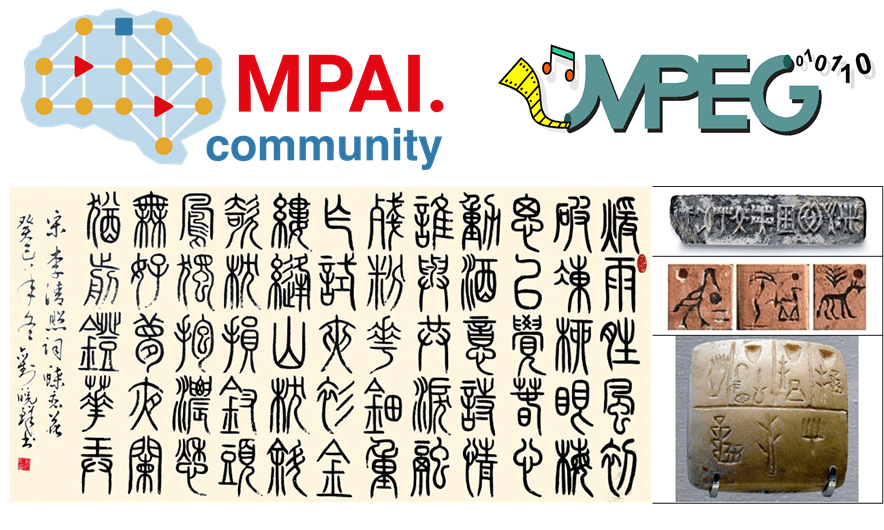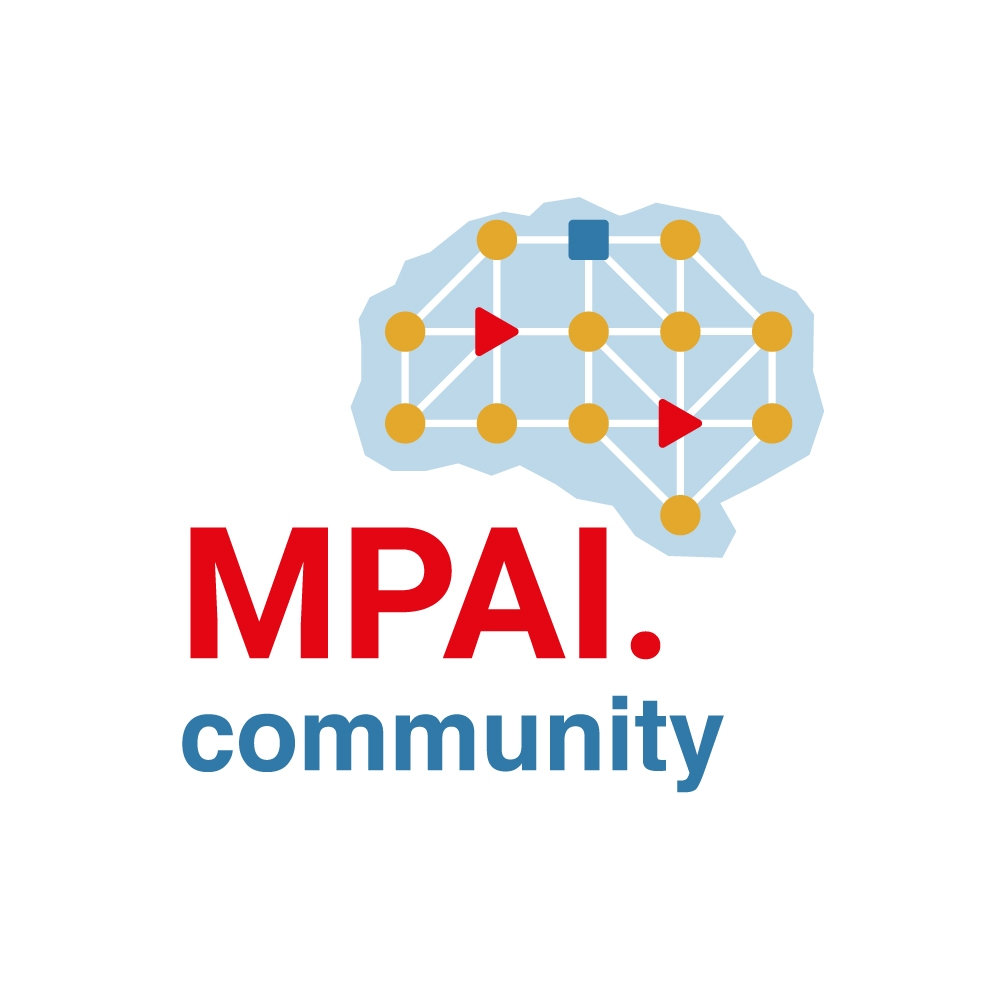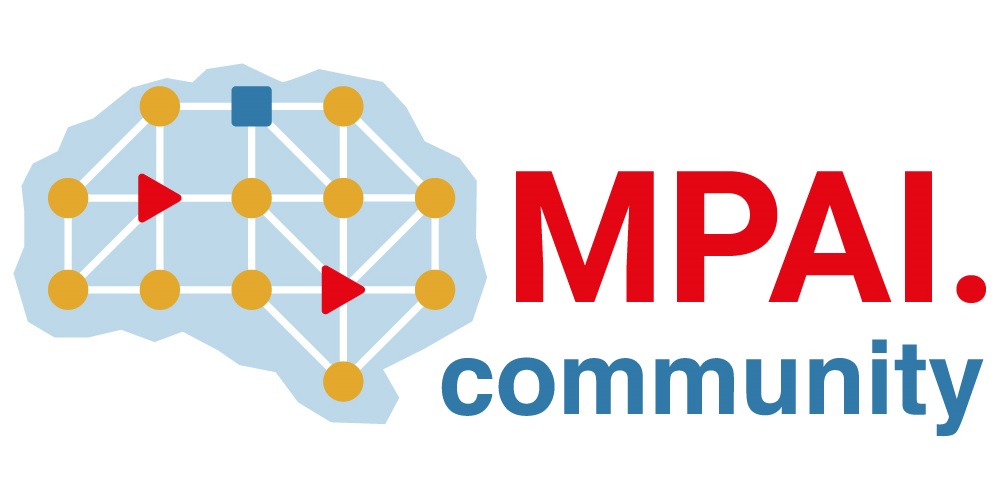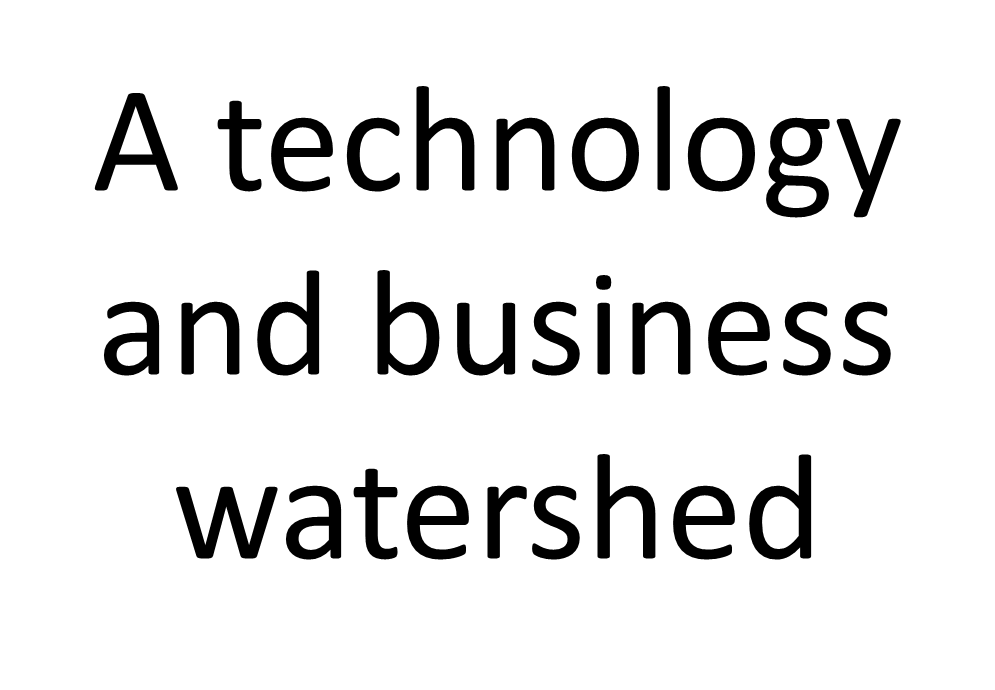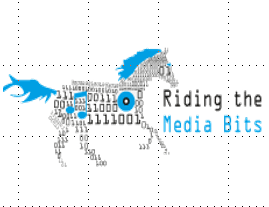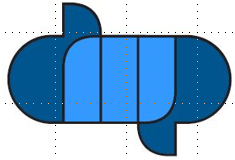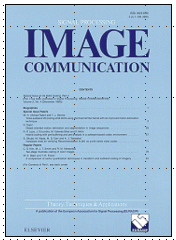From media compression, to data compression, to AI-enabled data coding
Communication and standard are synonyms: to communicate the symbols that convey our messages must be agree upon, i.e. made standard. Humans have left traces of messages dating back to several thousands of years ago, as in the case of the image of a bison found in the Cave of Altamira. We also have more recent traces of messages of which we often know or have derived syntax and semantics going back several thousands of years ago. Examples are in the…
